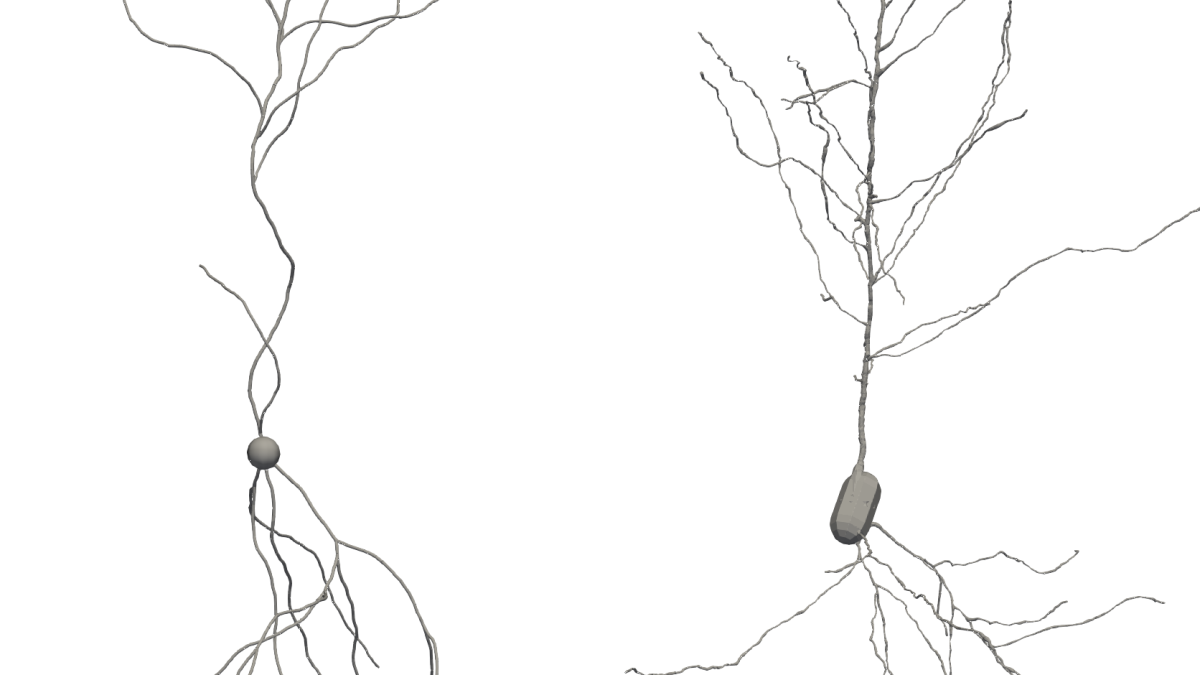Simulation mimics how the brain grows neurons, paving the way for future disease treatments
A new computer simulation of how our brains develop and grow neurons has been built by scientists from the University of Surrey. Along with improving our understanding of how the brain works, researchers hope that the models will contribute to neurodegenerative disease research and, someday, stem cell research that helps regenerate brain tissue.

The neuron on the left is simulated, and the one on the right-hand side is real.
The research team used a technique called Approximate Bayesian Computation (ABC), which helps fine-tune the model by comparing the simulation with real neuron growth. This process ensures that the artificial brain accurately reflects how neurons grow and form connections in real life.
The simulation was tested using neurons from the hippocampus—a critical region of the brain involved in memory retention. The team found that their system successfully mimicked the growth patterns of real hippocampal neurons, showing the potential of this technology to simulate brain development in fine detail.
The accuracy of the model is closely tied to the quality of the data used to calibrate it. If the real-life neuron data is limited or incomplete, the precision of the simulation may decrease. While the current model has shown impressive results in replicating the growth of specific neurons, such as hippocampal pyramidal cells, further adjustments may be needed to accurately simulate other types of neurons or regions of the brain.
The computer simulation is built from the BioDynaMo software, which Dr Bauer co-developed. The software supports scientists to easily create, run, and visualise multi-dimensional agent-based simulations, be they biological, sociological, ecological or financial.
The research has been published in the Journal of Mathematical Biology.
Media Contacts
External Communications and PR team
Phone: +44 (0)1483 684380 / 688914 / 684378
Email: mediarelations@surrey.ac.uk
Out of hours: +44 (0)7773 479911
